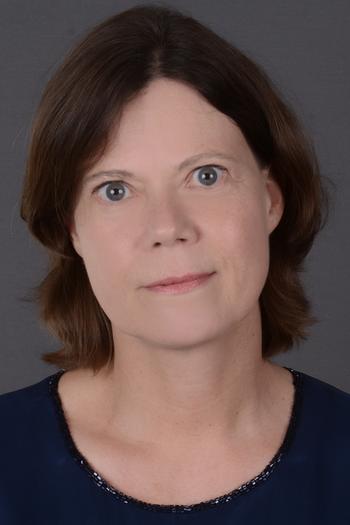Ursula Kessels

Associated Fellow, Freie Universität Berlin
Psychology, Educational Science focusing on the role of stereotypes in education, self-concept, gender and STEM
Considering the denomination of my professorship in “Educational Research with Special Consideration of Heterogeneity and Education”, I would like to discuss within the context of the Human Abilities Project whether, how and why the empirically demonstrated heterogeneity of human abilities is often denied. Is there a particularly strong desire for sameness when speaking of abilities?
Differential psychology has conceptualized (and made measurable) human intelligence as a trait that varies between individuals and corresponds to a normal distribution curve. Not everyone has the same level of intelligence: Many people are represented in the middle range and relatively fewer in the below-average and above-average intelligence range. However, this simple finding seems to cause some unease. This is not only evident when discussing this topic with other people, but seems to be also reflected in two contrasting psychological phenomena. On the one hand, research on positive illusions and, in particular, on the so-called Dunning-Kruger effect (“unskilled and unaware of it”, Kruger & Dunning, 1999) that especially those who perform poorly overestimate their own performance to a large extent. On the other hand, there is also evidence for the so-called "Impostor Phenomenon", meaning that particularly capable people working in prominent positions are convinced that in reality, they are completely incapable and have not earned their position (often women in academia).
The common feature of these contrasting phenomena seems to be that in the area of intellectual ability, neither the below-average nor the above-average individuals can come to terms with their positions on the normal distribution curve. Regarding ability, is not heterogeneity, but sameness/ uniformity/ homogeneity the ideal of many, and if so, why?



